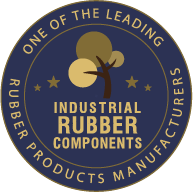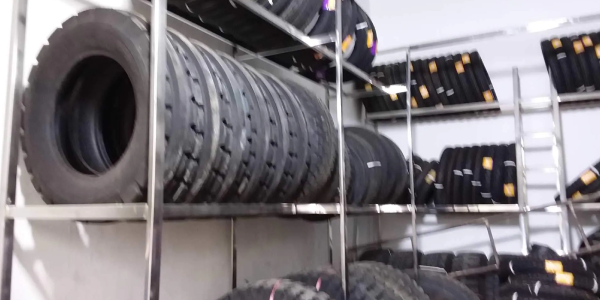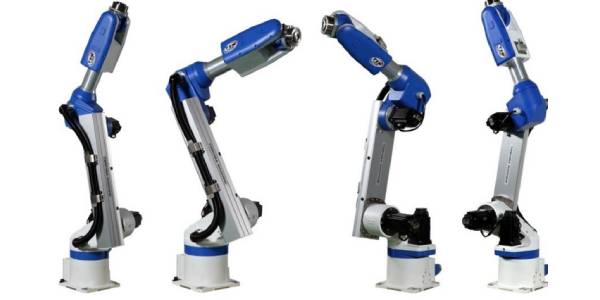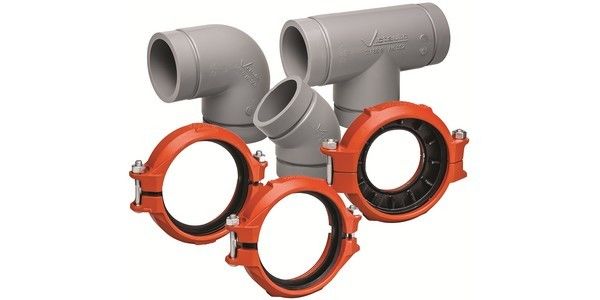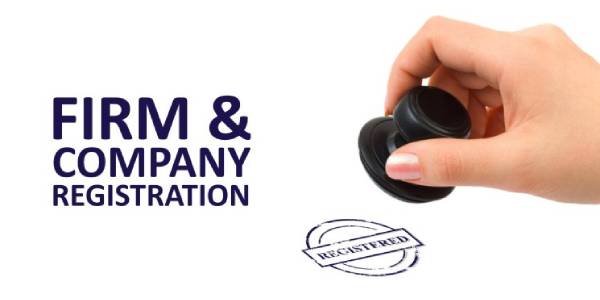ALL ABOUT INDUSTRIAL RUBBER COMPONENTS
The Indian rubber industry has been steadily rising in the past few years. In fact, it has been declared to be one of the fastest growing industries of the past decade. The production of rubber has been rather unsteady the past couple of years. However, the Indian rubber industry does not seem to be ailing as it displays a steady growth of 6% per annum every year. Some of the products exported include sheeting, belts, cots, rubber hoses, aprons, cycle tyres, canvas footwear, etc. The rubber industry has also managed to provide employment to a large number of people, helping out society in a beneficial manner
CALL TO ACTION
If you are looking for the latest information about the Indian Rubber Industry, contact us today. With a wide variety of high quality of rubber components to choose from, you will not be disappointed. It is also possible to get customized rubber products according to your requirement without burning a hole in your pocket
RUBBER PRODUCTS
Rubber can be created from chemically synthesized synthetic rubber or from natural rubber, which is made using latex extracted from rubber trees. Regardless of whether natural or artificial rubber was used in the manufacturing process, rubber has the ability to withstand deformations and change back to its original form. This makes it extremely useful for several different applications.Since no standard rubber materials exist, a custom formulated product is designed to meet the requirement for each application. Rubber is a complex material that needs to be handled with care, unlike plastic or steel. A rubber formulation usually includes at least ten to twenty different materials blended together compared to the three or four materials blended to get plastic or steel.
Many of the components will go through an irreversible change while the rubber is vulcanized. Since there is no way to reverse engineer the final product, it is essential to get it right on the first try itself. Formulating a rubber product consists of three challenges. The dynamic challenge ensures that the rubber can withstand large deformations and remain resilient to change. The chemical challenge checks whether the rubber is able to hold its own against different chemicals. This is crucial when rubber is used in generators automobiles, etc. The environmental challenge ensures that the rubber can perform well under extreme temperatures without a dip in its performance.
THE 101 ON RUBBER MOULDS
The rubber mould is made out of rubber and is classified into four different categories. These are called pressing die, injection mould, die-casting mould and extrusion mould. The pressing die mould is also popularly known as the general die. It is made using semi-finished rubber that is processed by missing. Mixing helps the rubber and the other ingredients to blend well together to improve the elastic property and the flow property of the final product.
Once the semi-finished rubber is placed in the die, it is pressurized and heated using the plate vulcanizing machine. Since this particular die is simple, it is used throughout the rubber industry to create rubber moulded parts.The die casting mould is also known by the name transfer type mould. This is a bit more complex than common die and offers excellent consistency. This casting mould is often used to create complex rubber products in the industry.


